Moroccan food is easily one of my favorite cuisines. It’s curries, stews, and desserts are laced with beautiful spices and aromas. It is about a balance of flavours achieved by incorporating spice, citrus, sweet, fruity, and sometimes spicy into each dish and unlike Indian curries which have a very bold flavour, Moroccan curries are more delicate. If you’re looking for a new cuisine to explore then I highly suggest giving a few Moroccan dishes a try.
Taking inspiration from the movie Julie & Julia (2009) I’ve decided to slowly (and I mean slowly) cook my way through my Moroccan cookbook. Once you get a feel for the cuisine you can start putting together your own flavour combinations.
Here are some of the items you’ll need to put together your Moroccan pantry:
Preserved lemons
 These are now becoming more widely stocked in most grocery stores and gourmet food stores. If you can’t find them try making them yourself it’s quite easy. These lemons are preserved in Kosher salt, the lemon’s own juice, as well as a mixture of spices.
These are now becoming more widely stocked in most grocery stores and gourmet food stores. If you can’t find them try making them yourself it’s quite easy. These lemons are preserved in Kosher salt, the lemon’s own juice, as well as a mixture of spices.
To use: Using a knife cut off the fruit of the lemon so you’re only left with the rind. Wash the rind and finely slice it. These rind slivers add a punch of savory lemon flavour to any dish.
Raz al Hanout
This is the go-to spice mix used in Moroccan cooking similar to what Garam Masala is to Indian cooking. Raz al Hanout is a blend of aromatic spices such as rose, cinnamon, clove, cumin etc. The blend of spices differs from one retailer to another.
To use: Don’t be scared of this stuff it adds great flavour! I usually add some even if my Moroccan recipe doesn’t call for it as it rounds out the flavours of the curry quite nicely. For a curry that serves about 4 people I add about 1 – 2 tablespoons in addition to spices such as cumin.
Dried lemons
These unappealing looking things might be a bit harder to find. The owner of the Mediterranean store suggest I add it to my curry. They smell very fragrant and they add a subtle lemon flavour to any dish.
To use: Add to your curry in the beginning so that the lemon can soften and release flavour as it simmers. Remember to take it out before serving.
Pomegranate molasses/syrup/concentrate
This thick syrup is very sour but I find it is the perfect ingredient to finish off a Moroccan curry.
To use: Add about 1 tablespoon to you curry just before serving. Taste it and add more if you like. It’s not meant to be obvious, more just to round out the flavours.
Orange blossom water and rose water
These are common ingredients in Moroccan food, desserts, and drinks. It does add subtle flavour to a dish but mainly it adds aroma. So if you want an experience for all your senses then go ahead and add a splash just before serving. You can experiment and try adding it to cocktails too for added flavour and aroma. It’s quit strong so go easy, you don’t want your meal to taste like a field of flowers.
Harissa
Most Moroccan dishes aren’t spicy but some are and most often they’ll call for Harissa which is a Moroccan chilli and garlic paste. It can sometimes be found in a jar or a tube. Taste it first before using, I bought one that was so spicy once!
There are so many more ingredients spices and fruits that are used in Moroccan cooking but these above items are the ones that are unique mostly to Moroccan cooking. Follow a recipe or play around by combining typical Moroccan ingredients like lamb, olives, lemon, cumin, cinnamon, dates, apricots etc. and see what you come up with.
All pantry items listed above can be purchased from Mediterranean Specialty Foods on the corner of Quadra and Reynolds Rd. this one is my go-to place for all things delicious however there are other Mediterranean food shops around town that I’m sure carry similar items.
Tagine
I can only hope to one day have a collection of beautiful tagines. These are typical Moroccan cooking vessels that can be placed on a stove or in the oven and they make a great statement at the dinner table “hey everyone look at my fancy Moroccan food”. My tagine is from Emile Henry. Unlike most cuisines which sear the meat first before braising it is more typical in Moroccan cuisine to just throw meat and everything in the tagine. I say this because most traditional tagines, and my Emile Henry, are not designed to be heated quickly with no liquid inside (I cracked two tagines before learning my lesson) so either heat it slowly or skip the searing process and throw everything in.
The dome of the tagine allows steam to rise and condense back down so food is simmered and steamed and actually the small indentation at the top of the lid is supposed to hold an ice-cube or some cold water to help with the condensation process. I usually don’t fuss with this last bit.
I bought my Emile Henry Tagine from Cook Culture but they’re available at most cooking stores. William Sonoma also sells a very decorative version, but I’m not sure how durable it is. There are tagines that have a cast iron base which will be extremely durable, but the purist in me wanted something a little more traditional.

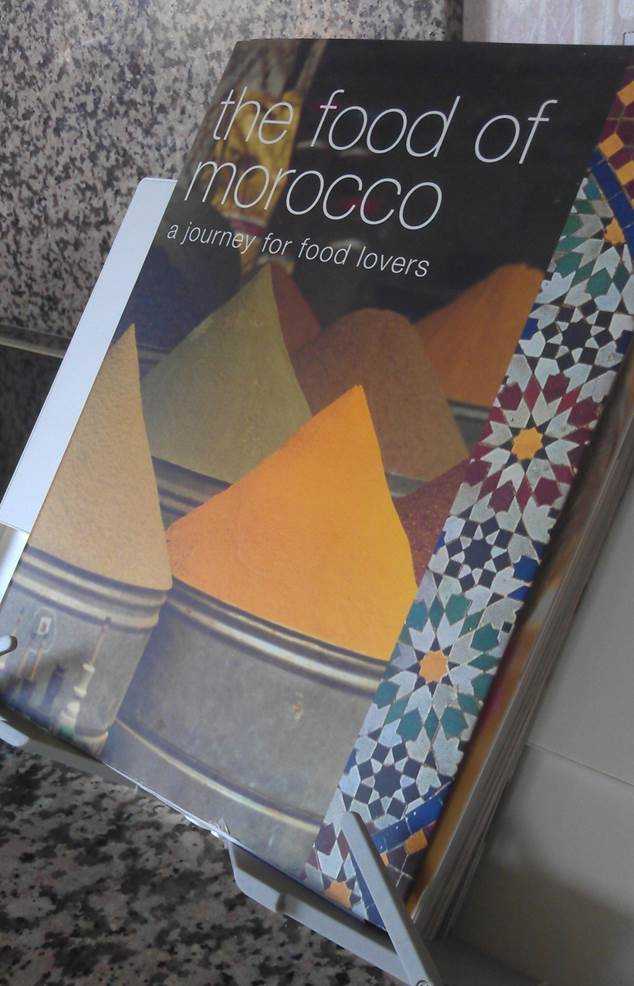
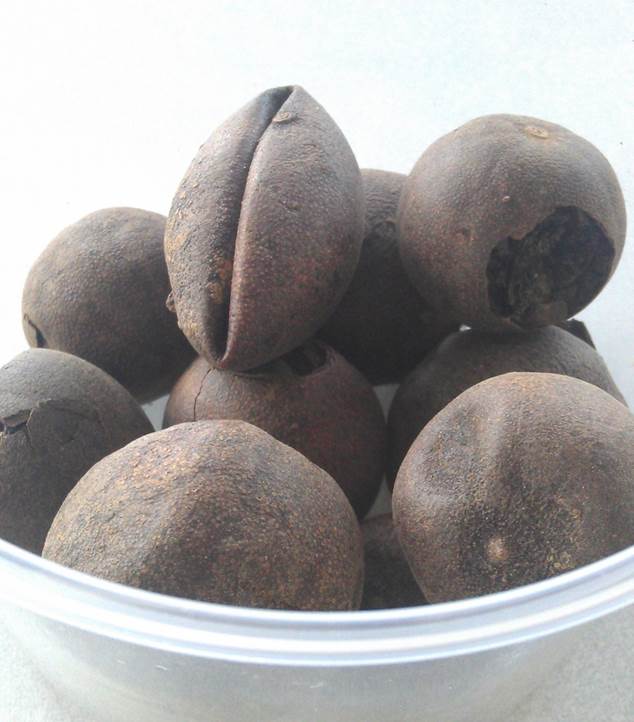
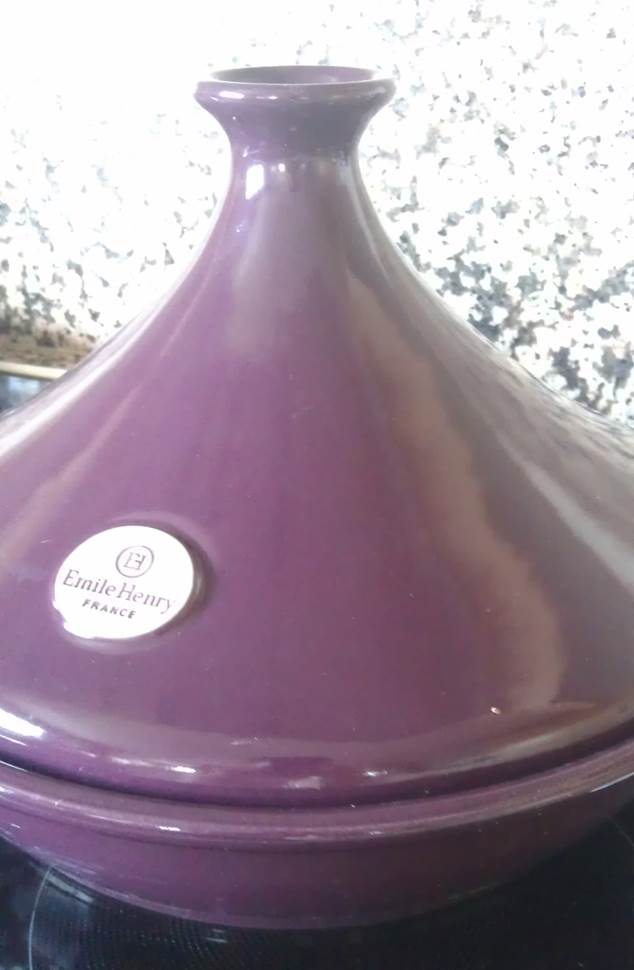

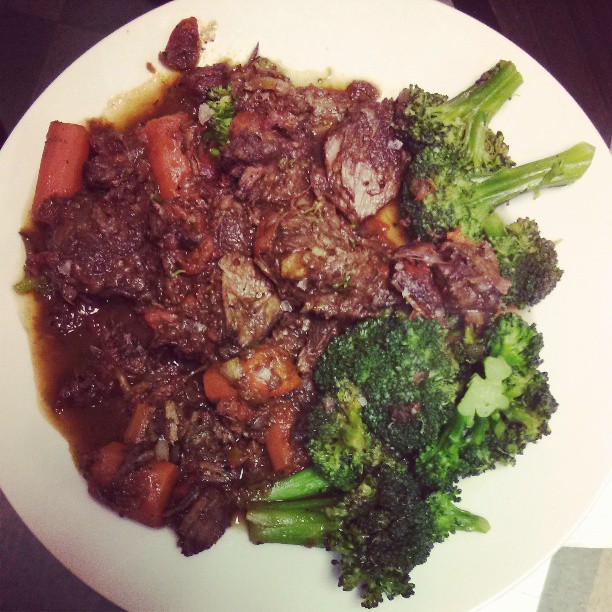
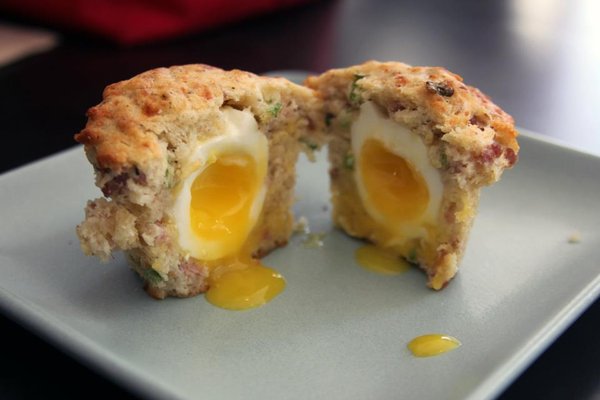
1 Response
[…] https://fancyfrites.com/moroccan-pantry/ […]